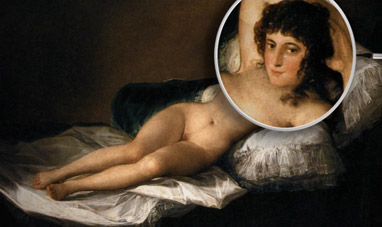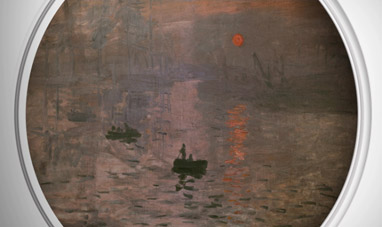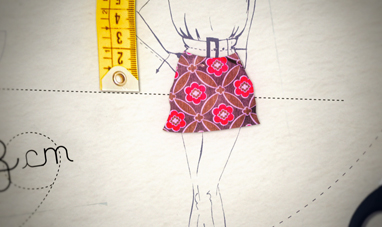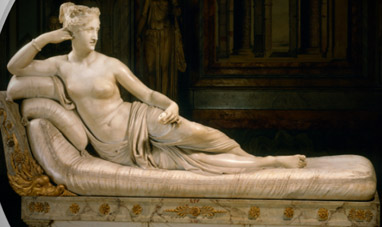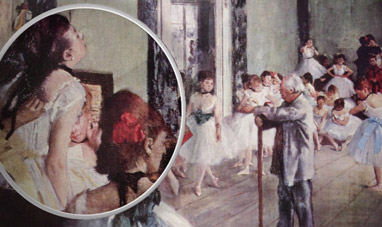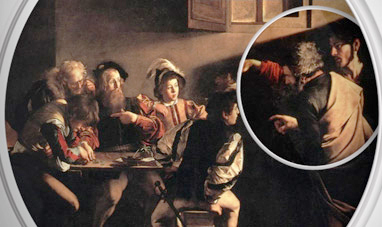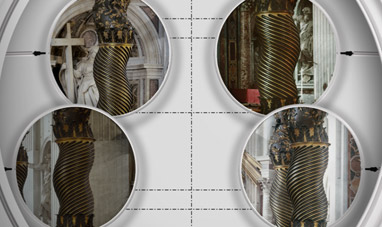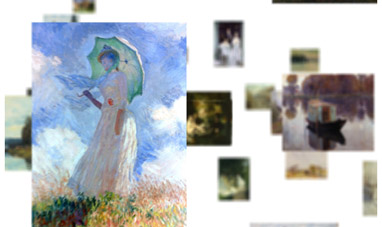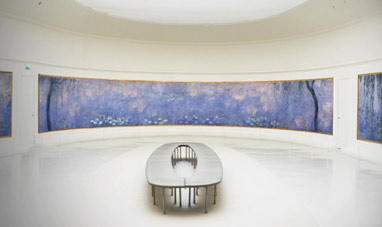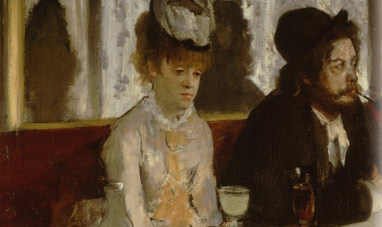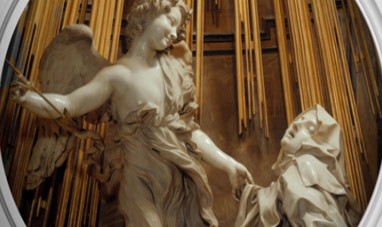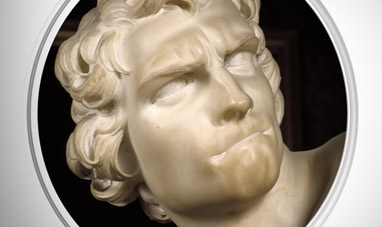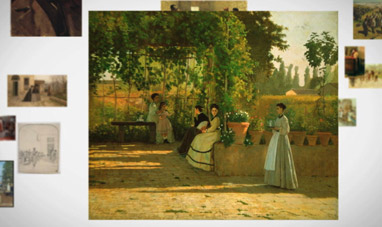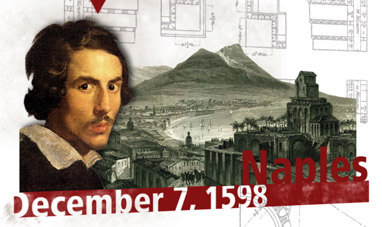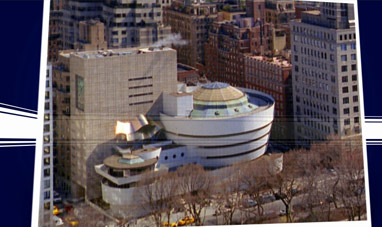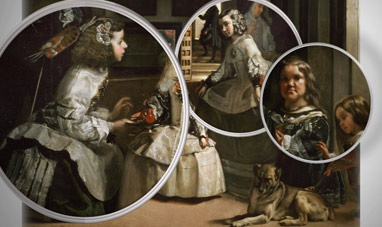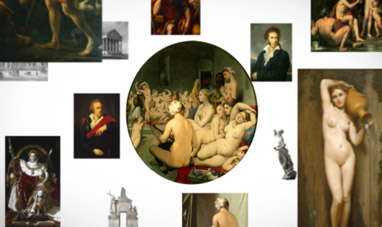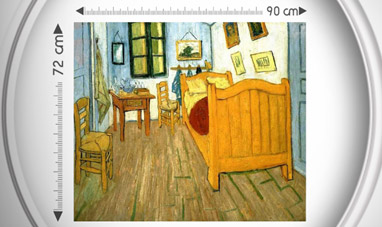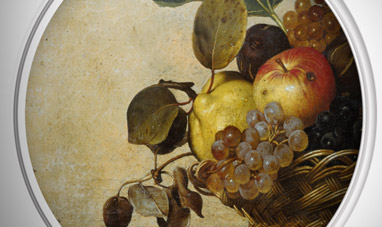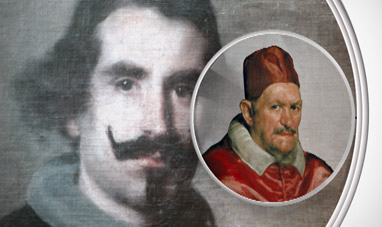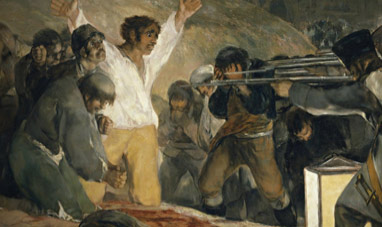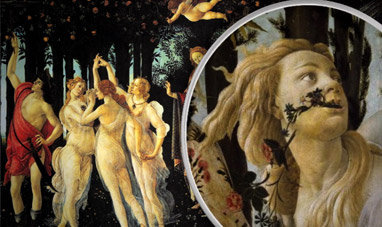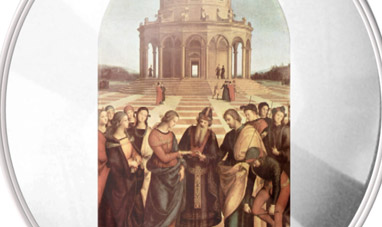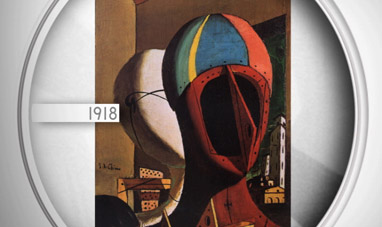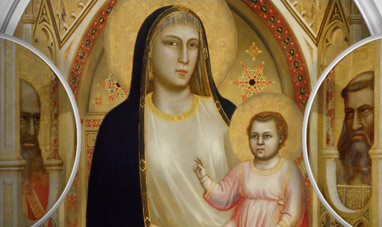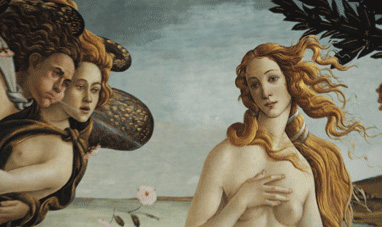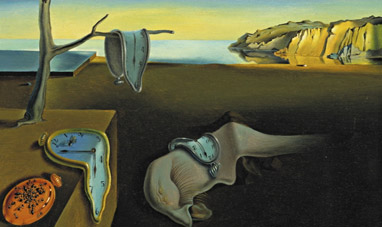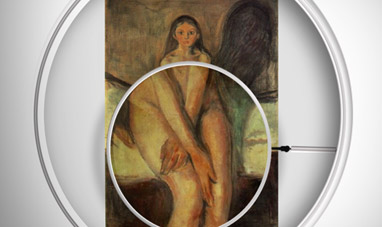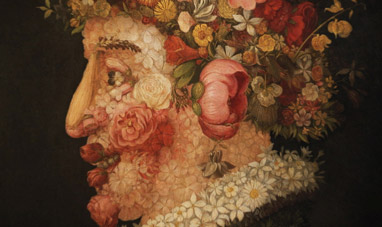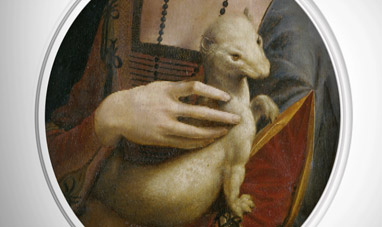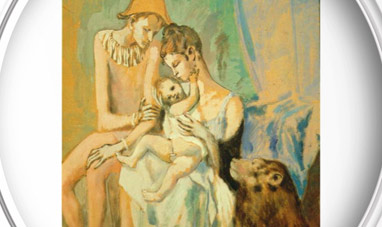Baroque refers to a style of art, architecture, music, literature and drama popular in the 17th and 18th Centuries. It began in Italy and spread throughout Catholic Europe. The Spanish and Portuguese also exported the baroque style to their colonies in Latin America. Baroque art is sumptuous and spectacular, characterized by curved lines and surfaces. Light and shadow create strong contrasts and dramatic effects. The style is characterized by its intent to surprise and overwhelm, whether in painting, architecture, literature, theater or poetry. The origins of the word “baroque” are uncertain. It seems to come from the Portuguese words aljofre barroco, Spanish "barrueco," or French "baroque," all terms used to designate an irregularly shaped pearl. In the 18th Century, critics considered the baroque style strange and eccentric, and used the term pejoratively. However, baroque art was reevaluated during the 19th and 20th Centuries, and is now considered an authentic expression of 17th-century culture.
In the 17th Century, scientific discoveries undid the balance of the Renaissance. Man was removed from his position at the center of the universe. As a result, reality was represented in a markedly complex and articulated way. The overloaded shapes of baroque art were a testament to this new development. In baroque art, the prevailing central perspective was replaced by the use of multiple viewpoints, rendering vision more complex. One of the foremost practitioners of Baroque art was Gian Lorenzo Bernini. A sculptor and architect, Bernini mostly worked in Rome. He designed the monumental colonnade in St. Peter’s square, whose elliptical shape symbolizes the church’s embrace of its believers. Bernini’s sculpture, with their elaborate draping and dramatic effects, fully express baroque sensibility.
During the same period, Pietro da Cortona decorated churches and palaces with spectacular frescos that seemed to make ceilings and walls disappear, and the interiors expand. Peter Paul Rubens’s rich colors and elaborate shapes also indicate a baroque sensibility. The famous Flemish artist spent a long time in Italy and Spain, where his extravagant style influenced local artists. Although baroque visual art was centered in Rome, Spain produced the movement’s most important literary artists. Luis de Gongóra’s poems, full of metaphors and allegories, show the same taste for wonder that characterized visual arts. Symbolic and fantastic elements recur in the comedies of Pedro Calderón de la Barca, who passionately addressed religious topics as well. The baroque style spread throughout Europe. Its powerful displays were widely supported by the church and nobility. Numerous baroque artworks can be found in churches, palaces and museums in Rome. Examples of baroque architecture can also be found in Lecce, Puglia and Noto, in Sicily.
In the 17th Century, scientific discoveries undid the balance of the Renaissance. Man was removed from his position at the center of the universe. As a result, reality was represented in a markedly complex and articulated way. The overloaded shapes of baroque art were a testament to this new development. In baroque art, the prevailing central perspective was replaced by the use of multiple viewpoints, rendering vision more complex. One of the foremost practitioners of Baroque art was Gian Lorenzo Bernini. A sculptor and architect, Bernini mostly worked in Rome. He designed the monumental colonnade in St. Peter’s square, whose elliptical shape symbolizes the church’s embrace of its believers. Bernini’s sculpture, with their elaborate draping and dramatic effects, fully express baroque sensibility.
During the same period, Pietro da Cortona decorated churches and palaces with spectacular frescos that seemed to make ceilings and walls disappear, and the interiors expand. Peter Paul Rubens’s rich colors and elaborate shapes also indicate a baroque sensibility. The famous Flemish artist spent a long time in Italy and Spain, where his extravagant style influenced local artists. Although baroque visual art was centered in Rome, Spain produced the movement’s most important literary artists. Luis de Gongóra’s poems, full of metaphors and allegories, show the same taste for wonder that characterized visual arts. Symbolic and fantastic elements recur in the comedies of Pedro Calderón de la Barca, who passionately addressed religious topics as well. The baroque style spread throughout Europe. Its powerful displays were widely supported by the church and nobility. Numerous baroque artworks can be found in churches, palaces and museums in Rome. Examples of baroque architecture can also be found in Lecce, Puglia and Noto, in Sicily.

